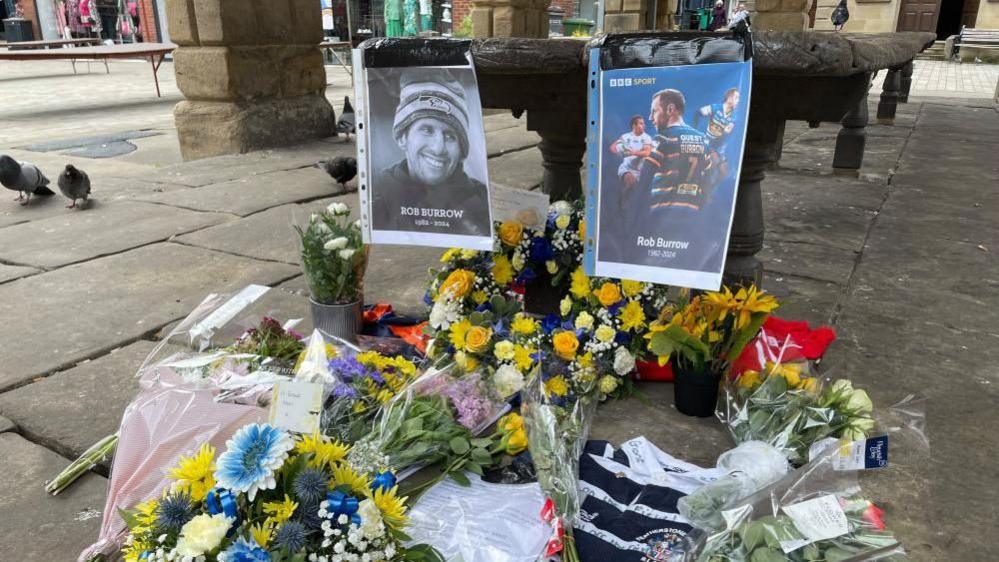Rob Burrow's legacy to live on in adopted city
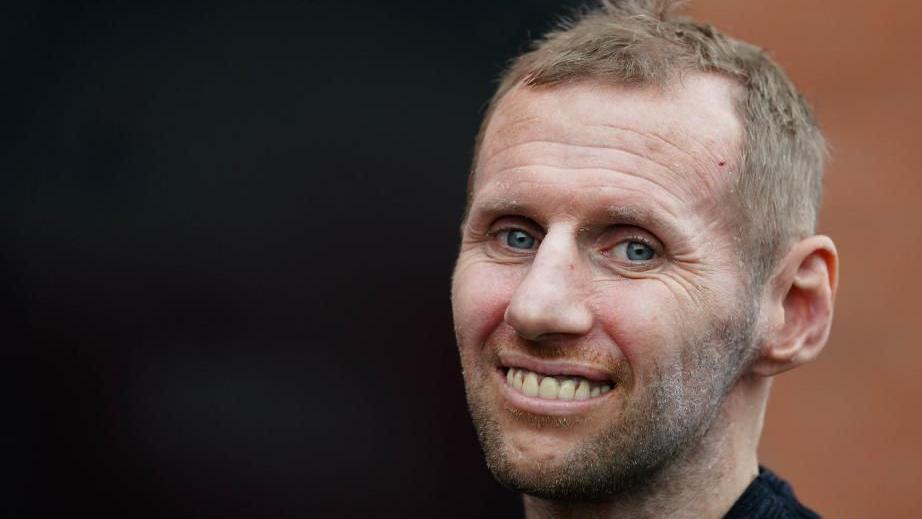
Rob Burrow's MND diagnosis came two years after he retired from playing rugby league
- Published
The death of Leeds Rhinos star Rob Burrow last weekend sparked an outpouring of emotion for the rugby league legend whose very public battle against motor neurone disease (MND) had greatly raised awareness of the condition.
While he was alive, the 41-year-old father-of-three's fundraising efforts, alongside former Rhinos teammate Kevin Sinfield, raised millions of pounds for MND charities.
But the incredible life and struggles of Burrow, who was born in Pontefract and grew up in Castleford, now look set to have a wider lasting legacy in Leeds, the city where he made his name, and beyond - not least for others with the life-limiting condition.
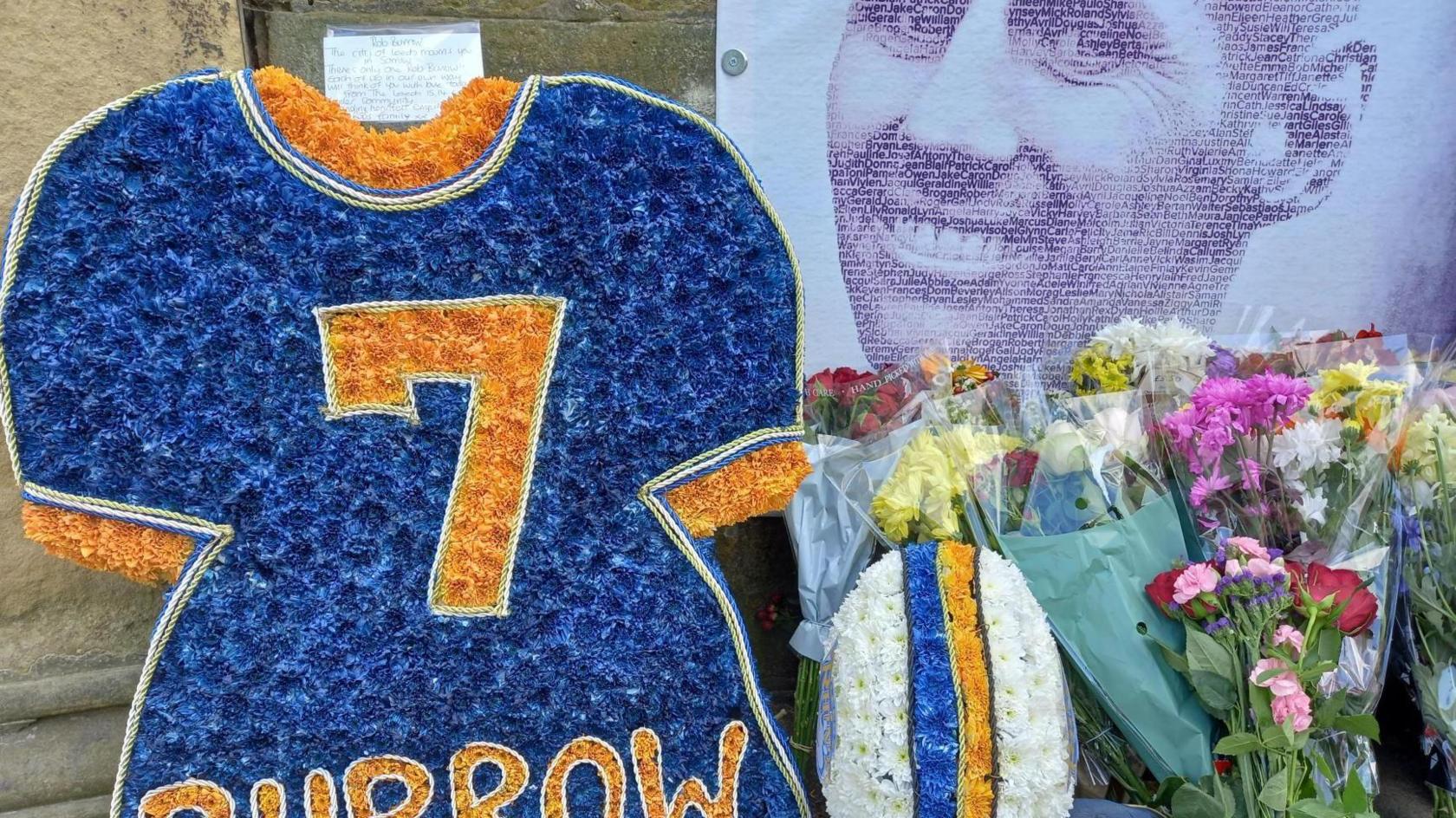
Tributes were paid to Rob Burrow from the rugby league world and beyond following his death on Sunday
Perhaps his most immediate legacy will be the specialist centre at Seacroft Hospital in Leeds named after him, and towards which much of Burrow and Sinfield's fundraising efforts were focused.
Before Burrow's death, the pair had raised £5.8m towards a final target of £6.8m for the construction of the Rob Burrow Centre for Motor Neurone Disease, which will be for MND patients, their families and carers.
Work on building the centre was due to begin on Monday, less than a day after Burrow's death, and the groundbreaking ceremony went ahead as planned.
James Lewis, leader of Leeds City Council, said: "The long-term goal of finding a cure for MND would be the biggest legacy.
"It was really poignant timing that the ground was broken on The Rob Burrow Centre for Motor Neurone Disease at Seacroft Hospital on Monday."
Mr Lewis said in recent times it was difficult to think of two people who made more of a "positive impact" on the city of Leeds than Burrow and Sinfield.
They had both had a "galvanising" effect, he added.
"The other thing as well is the Rob Burrow Marathon, which has brought people together to raise money for MND," Mr Lewis said.
"Whenever there's a marathon in Leeds, it will be really associated with Rob Burrow."
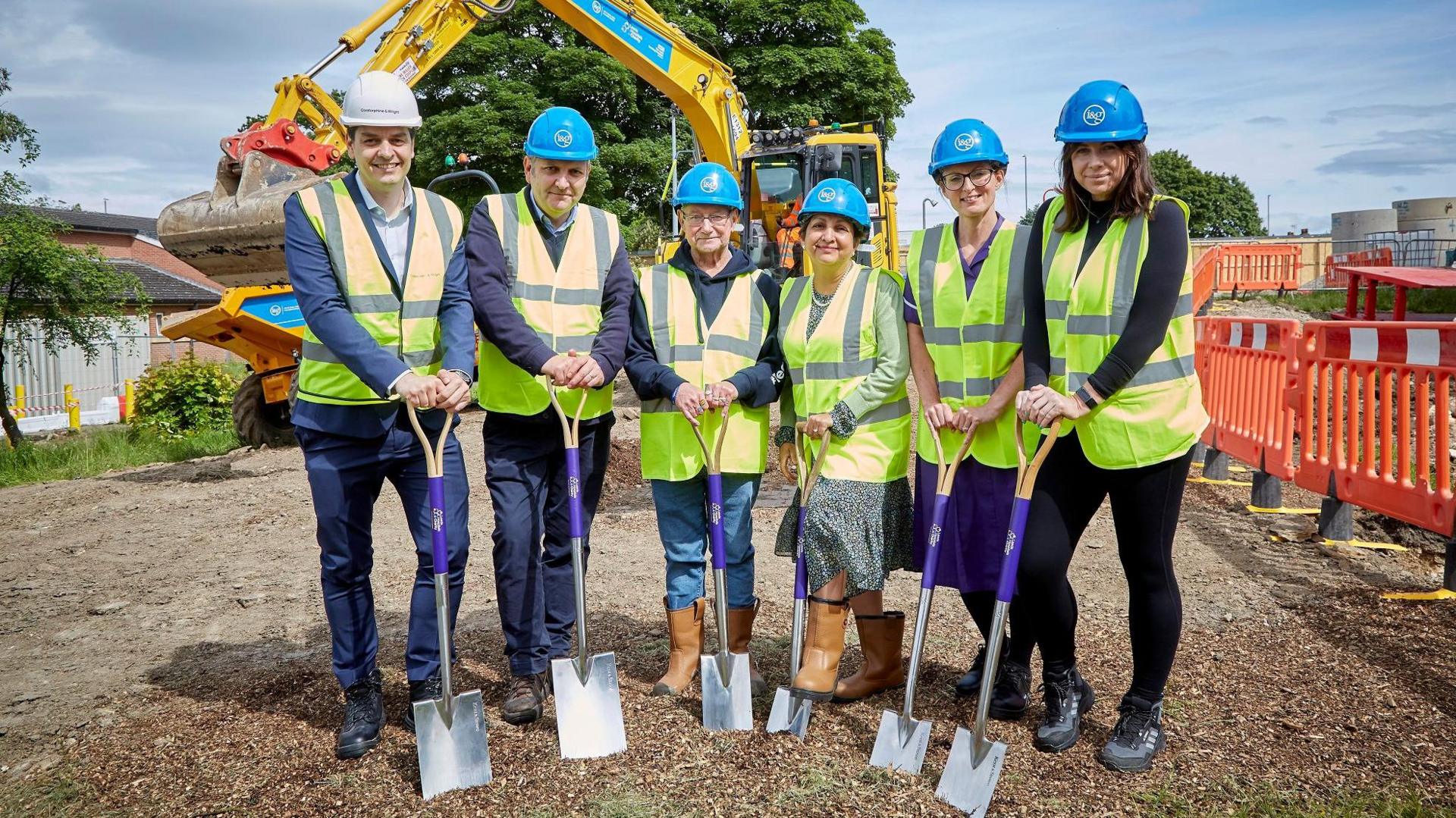
Burrow's father Geoff was present as work began at the site of the MND centre named after his son
Burrow had previously said the MND centre would be "a beacon of hope and support" for those affected by the illness.
"It’s a place where patients will find not only medical assistance, but also the compassionate care and understanding they deserve, for them and for their families," he said.
"My dream is that every person who walks through these doors feels supported, understood, and never alone. This centre is for all of us, our shared sanctuary.”
Phil Wood, chief executive of Leeds Teaching Hospitals NHS Trust, said Burrow's dream - and now his legacy - was coming ever closer to reality.
"The new centre will help advance our patient care, best practice-sharing and, hopefully, research in the long term, which will be such a fitting legacy for Rob," he said.
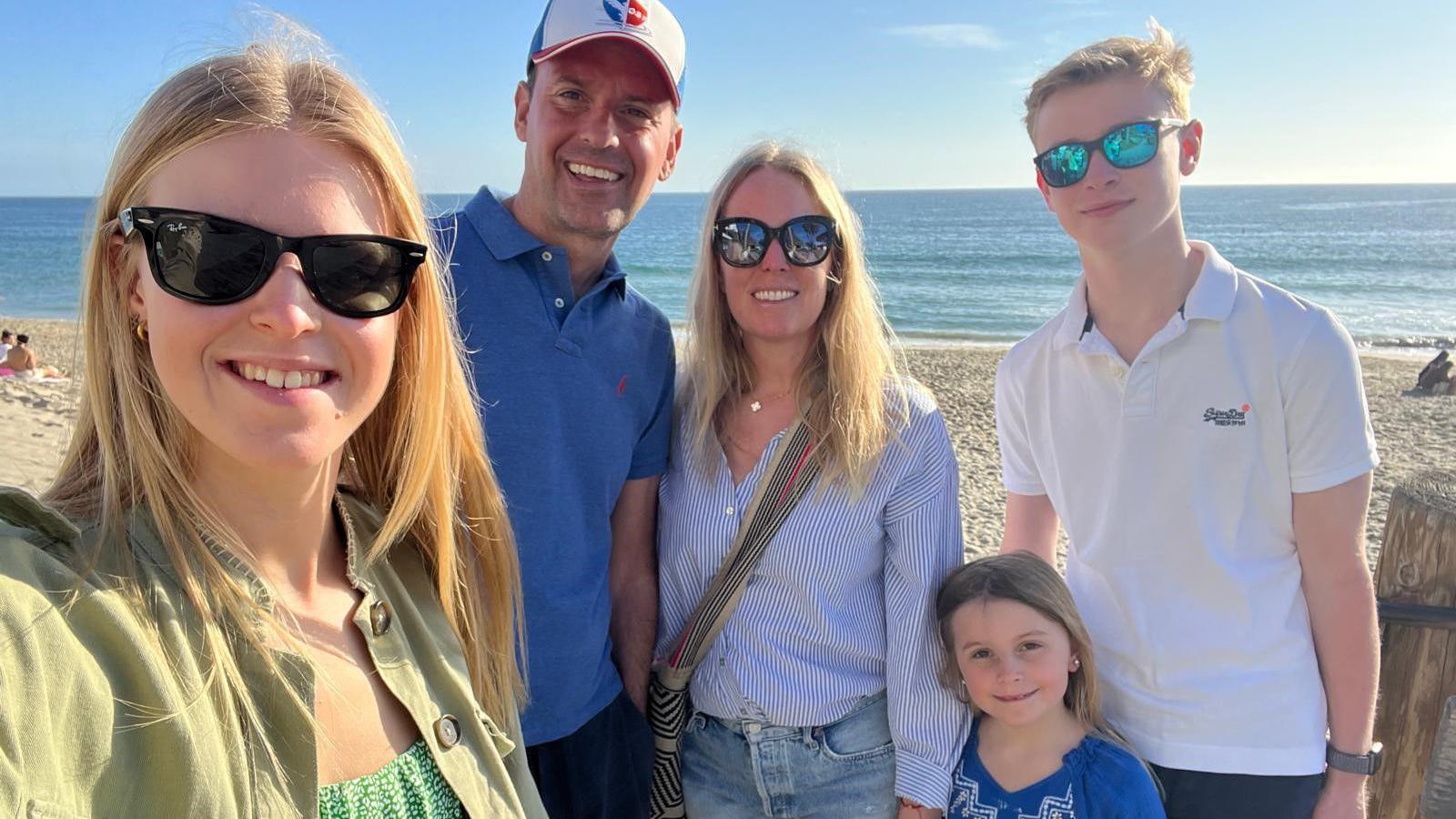
James and Lottie Clarke (pictured with their three children) were inspired to raise money for MND research by Rob Burrow
Burrow chose to document his battle with MND, which provided hope to others fighting the life-limiting condition.
Lottie Clarke’s husband, James, died in April aged 44, after his own struggle with MND.
Mrs Clarke, 47, who grew up in Ilkley, said she believed Burrow's legacy would be the strength and inspiration he had given to others in similar circumstances - and that would continue.
Seeing Burrow and his family cope with living with the disease gave her husband and his family not only hope, but also the push to raise money to fund research into the disease, Mrs Clarke said.
“If somebody can live like this, of a similar age and with young kids, then so can we,” said the mother-of-three.
Mrs Clarke ran the Rob Burrow Leeds Marathon in 2023, as part of a fundraising drive which has now topped £1m.
The Clarke family has also raised money for the My Name'5 Doddie Foundation, a charity set up by former rugby union player Doddie Weir to help find a cure for MND following his own diagnosis.
“Rob was definitely the inspiration to do all of that – without a doubt,” said Mrs Clarke, who now lives in Hampshire with her children.
“If Rob hadn’t been there, I don’t know. There are few inspiring people out there that make you think you can get through it."
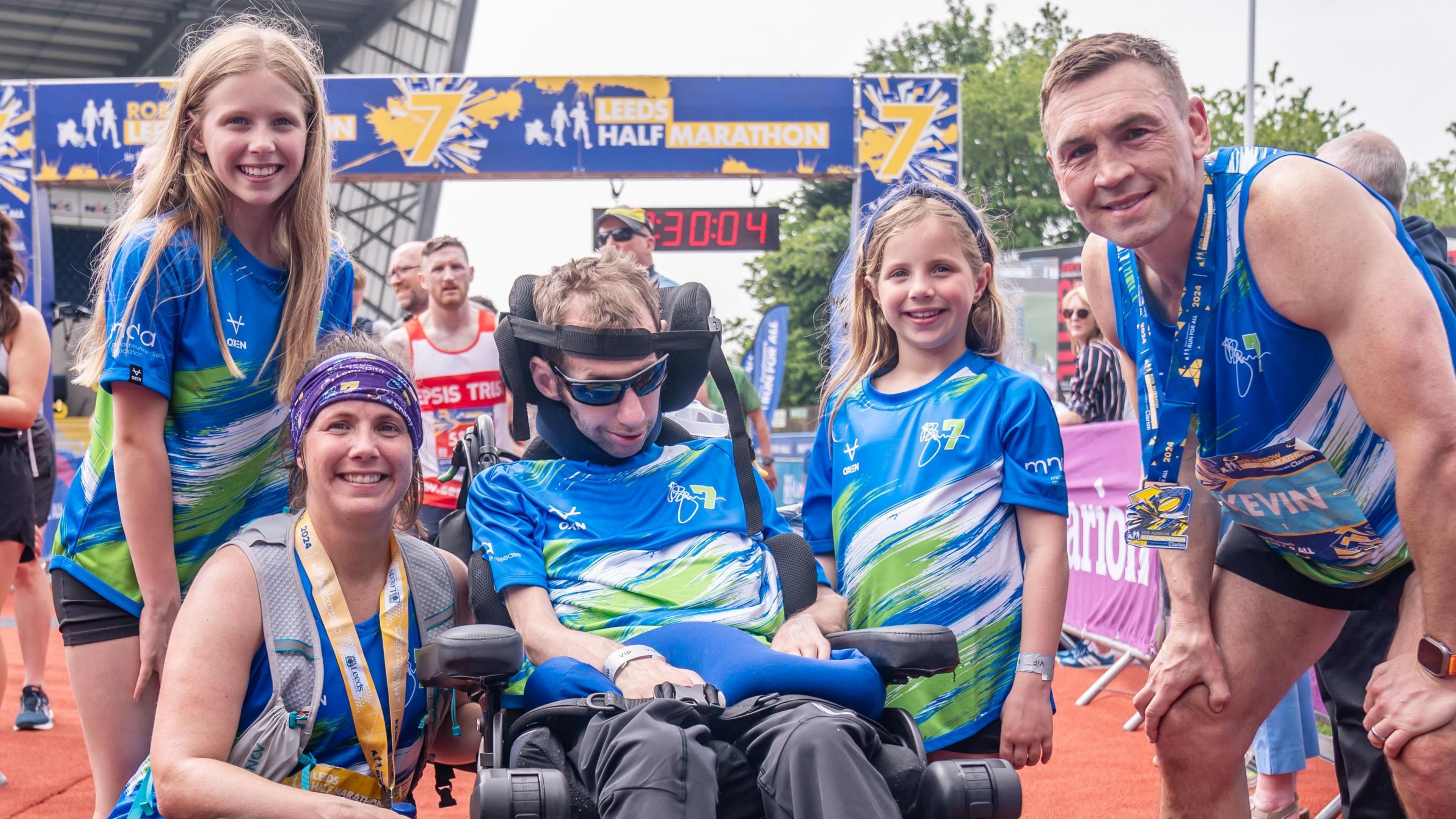
The Rob Burrow Marathon was launched in 2023
Another physical legacy of Rob Burrow's life and work could be a statue of the rugby star alongside Kevin Sinfield at the home of the Leeds Rhinos in Headingley.
Plans for the statue were shelved when the focus shifted to raising funds for the Rob Burrow Centre for Motor Neurone Disease.
However, the club could "probably revisit that in the coming weeks and months", a spokesperson told the BBC.
The original design was based on a photo of Burrow and Sinfield embracing at the former's testimonial match in 2020.
Meanwhile, a "fitting way to ensure Rob's legacy and achievements live on in Leeds" has also been promised for the wider city by James Lewis.
The council leader said that while it was too early to say exactly what that might be, "as the weeks move on we will work with Rob's family, the Rhinos and MND charities around what's actually the best legacy that Rob and his family would want and what we can work towards on that."
Follow BBC Yorkshire on Facebook, external, X (formerly Twitter, external) and Instagram, external. Send your story ideas to yorkslincs.news@bbc.co.uk.
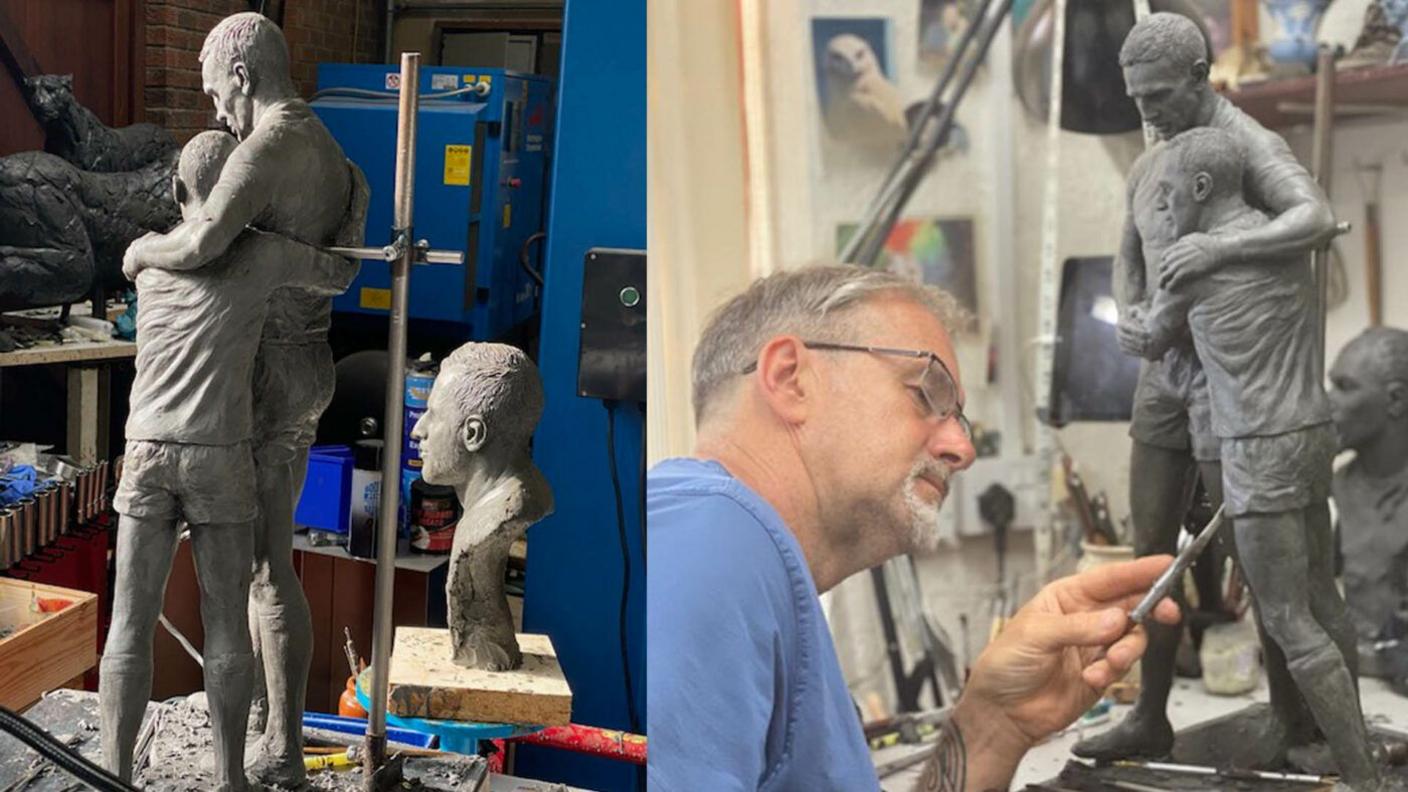
Plans for a Rob Burrow statue at Headingley could be revisited, Leeds Rhinos said
Related topics
- Published3 June 2024
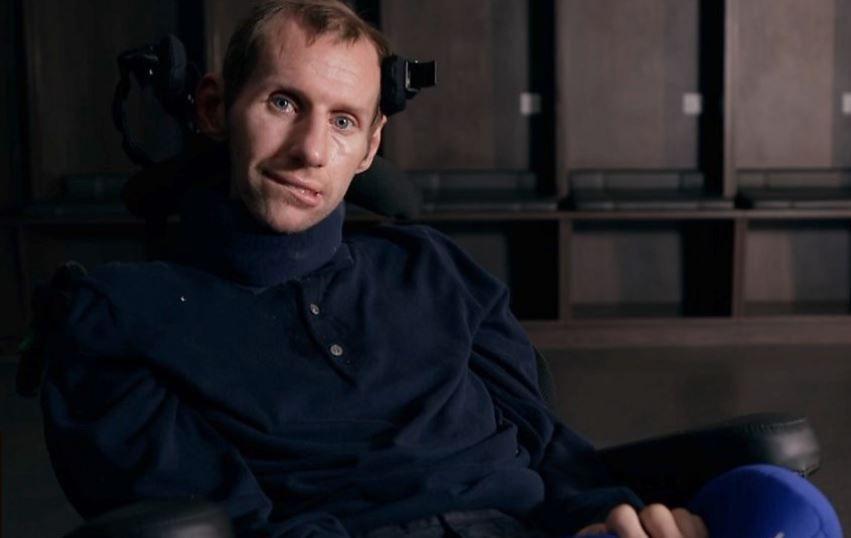
- Published4 June 2024
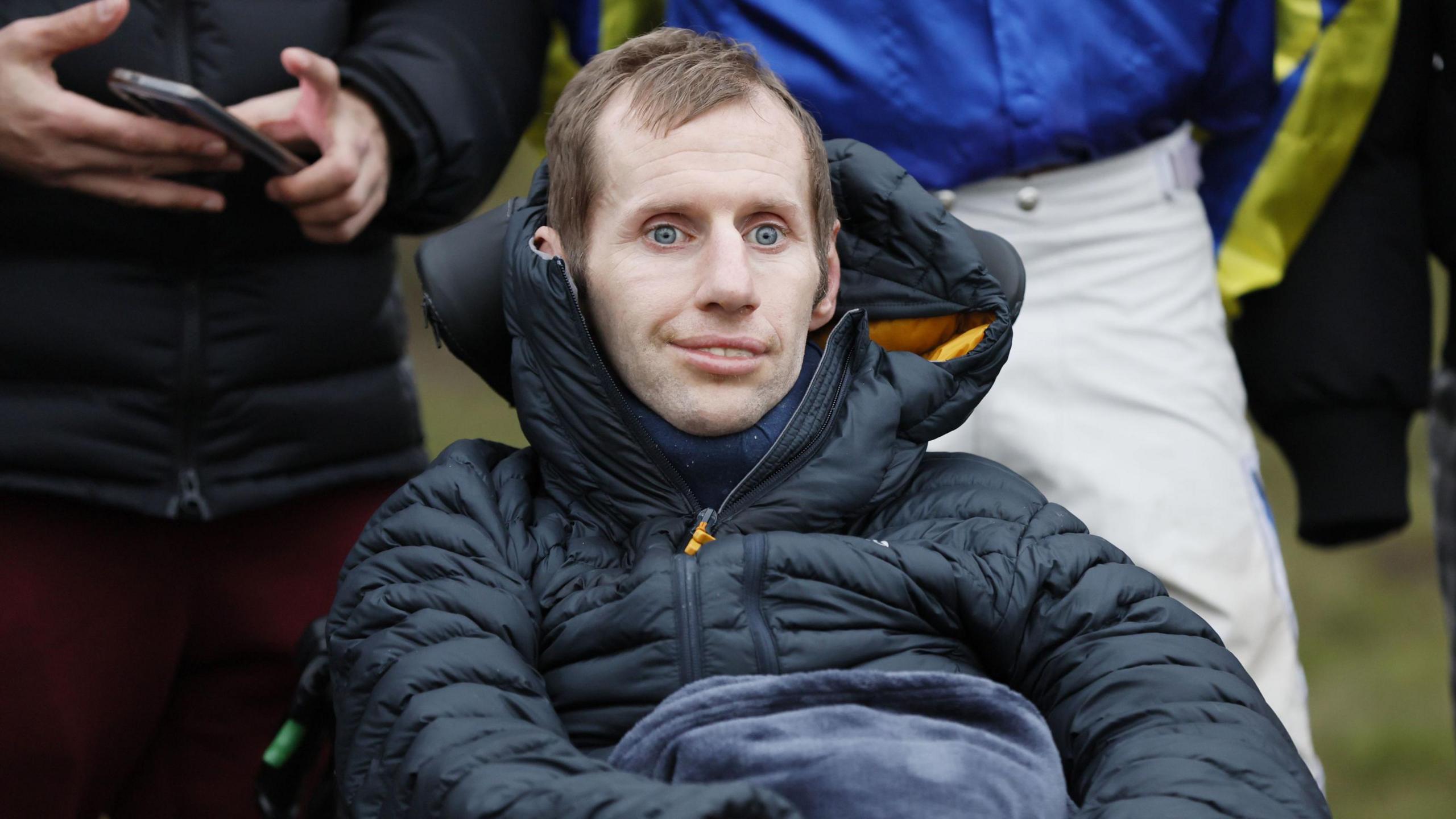
- Published3 June 2024
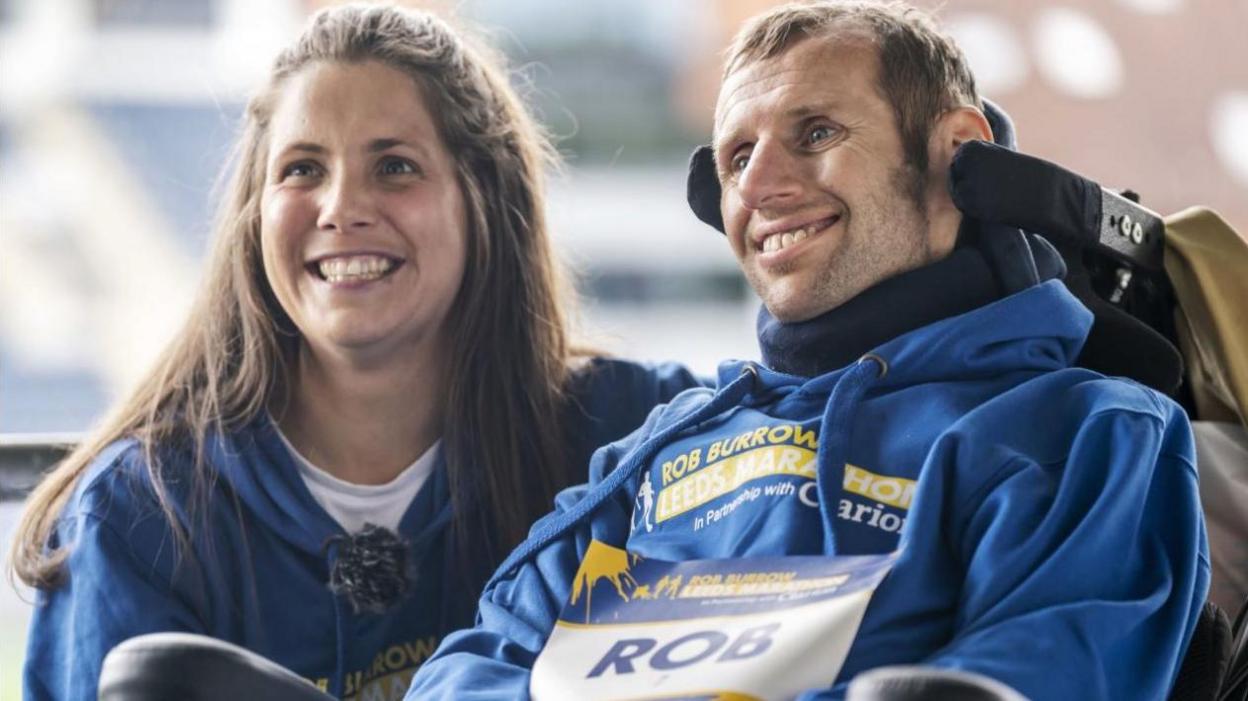
- Published4 June 2024
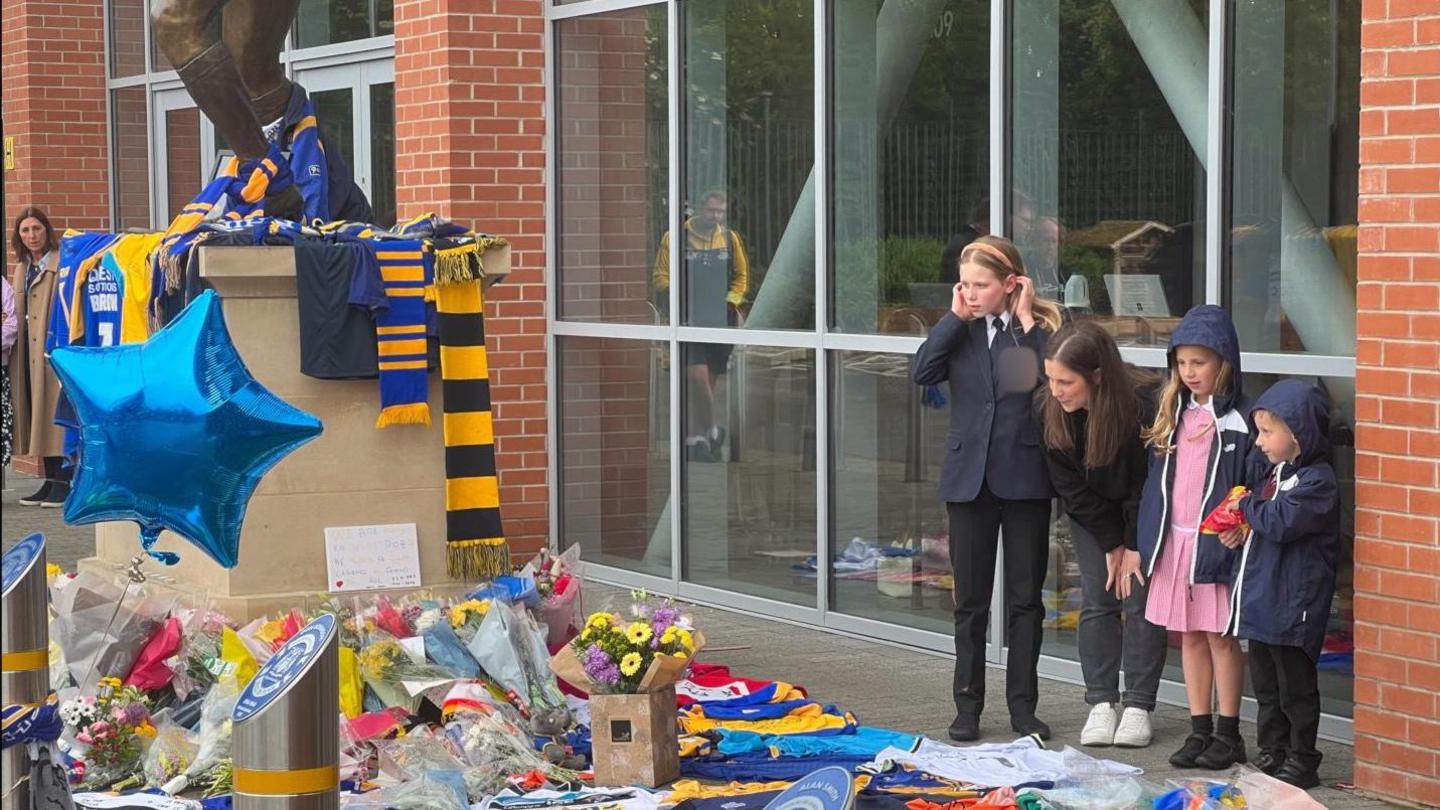
- Published5 June 2024
